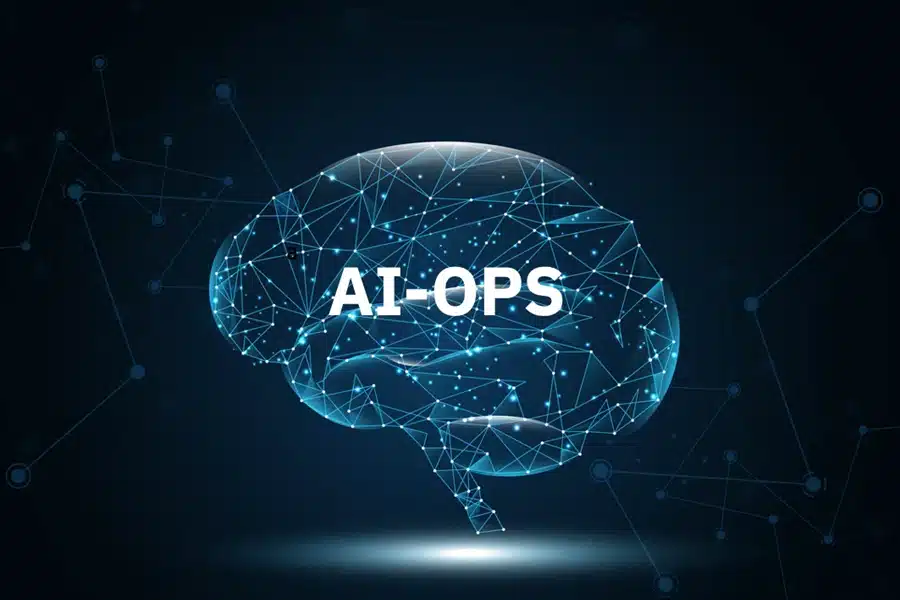Related Resources
Risk management is at the core of financial institutions’ operations. Banks, investment firms, and insurance companies must continuously assess and mitigate risks related to credit, market fluctuations, fraud, cybersecurity, and regulatory compliance. Traditional risk management methods, while effective in the past, struggle to keep pace with today’s complex and fast-moving financial landscape.
AI-powered risk management is fundamentally transforming how financial institutions detect, analyze, and mitigate risks. Through machine learning, predictive analytics, and automation, AI enables financial organizations to improve decision-making, reduce exposure to financial threats, and enhance regulatory compliance.
Why Financial Institutions Need AI-Driven Risk Management
The financial sector faces an increasingly volatile environment, driven by:
- Growing regulatory scrutiny and evolving compliance requirements
- Rising threats of cyberattacks and financial fraud
- Market instability and the unpredictable nature of global finance
- The limitations of human-driven risk assessment models
AI addresses these challenges by providing real-time analysis, pattern detection, and predictive capabilities that traditional systems simply cannot match.
Key Areas Where AI is Transforming Risk Management
1. AI-Driven Credit Risk Assessment
Traditional credit scoring models rely on historical financial data and static rules to assess borrower risk. While effective, these models often overlook non-traditional data sources and fail to adapt to rapidly changing economic conditions.
AI enhances credit risk assessment by:
- Analyzing alternative data sources such as transaction history, behavioral patterns, and real-time economic indicators
- Using machine learning algorithms to improve risk predictions beyond static credit scores
- Continuously adapting credit models to reflect changing borrower behavior and macroeconomic shifts
For financial institutions, this means better risk segmentation, more inclusive lending decisions, and fewer loan defaults.
2. Fraud Detection and Prevention
Financial fraud schemes are becoming increasingly sophisticated, requiring a proactive and adaptive approach to detection. AI enhances fraud prevention by:
- Monitoring real-time transaction data to detect anomalies and suspicious patterns
- Identifying deviation from normal customer behavior rather than relying on pre-set fraud detection rules
- Continuously improving accuracy by learning from previous fraud cases and evolving tactics
AI-driven fraud detection enables financial institutions to reduce false positives, improving the customer experience while strengthening security.
3. Market Risk Prediction and Portfolio Optimization
Financial markets are highly unpredictable, and risk management teams must continuously assess geopolitical events, economic shifts, and investor sentiment. AI-powered risk models provide:
- Real-time monitoring of global financial trends
- Scenario analysis to predict market downturns and asset volatility
- AI-assisted portfolio rebalancing to minimize risk exposure
Investment firms are increasingly using AI to identify market inefficiencies and generate predictive insights that improve risk-adjusted returns.
4. AI in Regulatory Compliance and Risk Governance
Regulatory compliance remains one of the biggest operational challenges for financial institutions. Non-compliance can result in hefty fines, reputational damage, and operational disruptions. AI enhances compliance efforts by:
- Automating regulatory reporting and documentation
- Analyzing regulatory updates in real time to ensure compliance with new policies
- Identifying compliance gaps and mitigating risks before violations occur
AI-driven governance solutions help financial institutions navigate complex regulatory environments efficiently while reducing the administrative burden on compliance teams.
5. Cybersecurity Risk Management in Financial Services
The rise of digital banking and fintech platforms has led to increased cybersecurity threats, including data breaches, identity theft, and ransomware attacks. AI strengthens cybersecurity by:
- Detecting unusual access patterns and potential security breaches in real time
- Automating incident response mechanisms to contain threats before they escalate
- Enhancing risk-scoring models for digital transactions and network security
By integrating AI into cybersecurity risk management, financial institutions can stay ahead of cybercriminal tactics and protect sensitive customer data.
Challenges in AI-Powered Risk Management
Despite its benefits, AI-driven risk management is not without challenges:
- Data Privacy & Security: AI systems require vast amounts of financial data, raising concerns about data protection and regulatory compliance.
- Bias in AI Models: Improperly trained AI models may reinforce systemic biases, leading to unfair lending or investment decisions.
- Integration with Legacy Systems: Many financial institutions still rely on outdated risk management frameworks that require careful AI integration.
To maximize the benefits of AI, financial institutions must ensure transparent model governance, regulatory alignment, and continuous monitoring of AI-driven risk processes.
The Future of AI in Risk Management
AI is evolving to offer even more sophisticated risk management capabilities, including:
- Explainable AI (XAI) for improved regulatory transparency in financial decision-making
- Real-time risk intelligence dashboards that provide predictive analytics across multiple risk categories
- Quantum computing advancements that enhance AI’s ability to process complex financial risk models
As AI adoption accelerates, financial institutions that invest in AI-driven risk management will gain a significant competitive edge, improving resilience against economic shocks and financial threats.
Strengthen Your Risk Management with AI
At Bronson.AI, we help financial institutions leverage AI-driven analytics to improve decision-making. Whether your focus is on credit risk, compliance automation, or cybersecurity, our AI-powered solutions can help you stay ahead of emerging risks.




